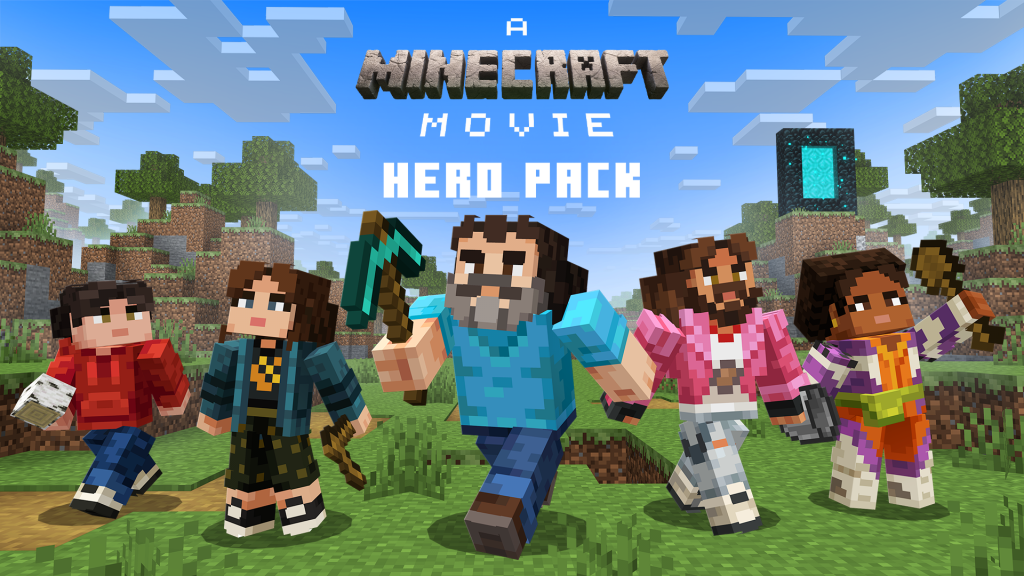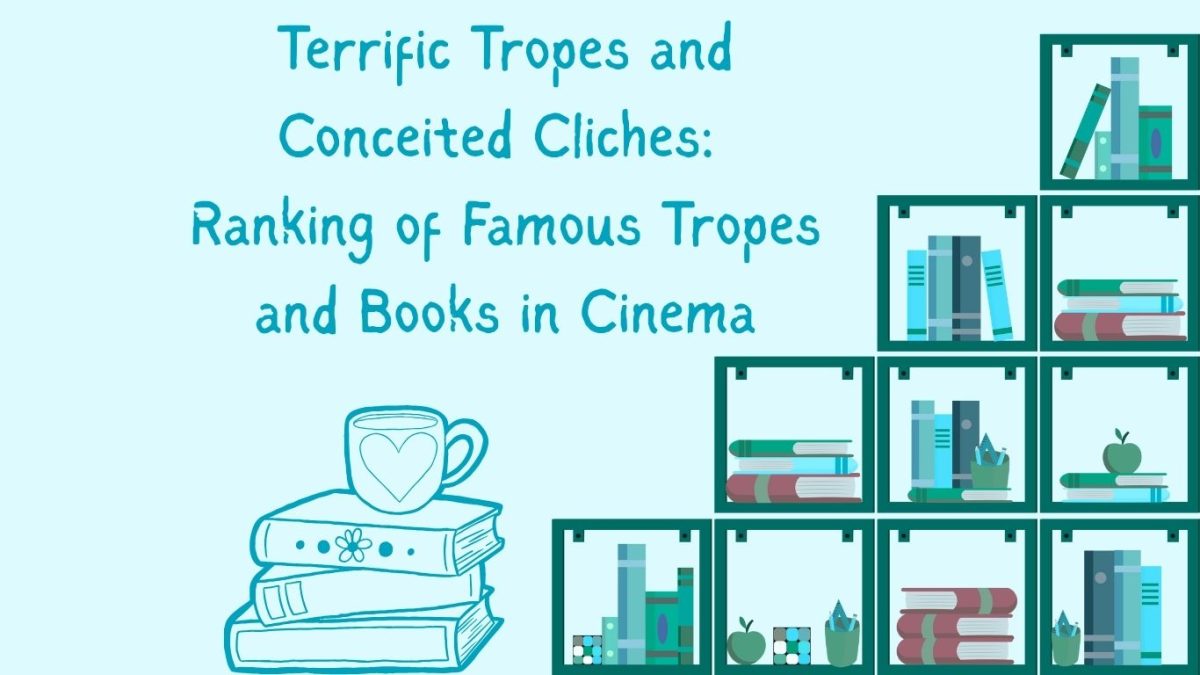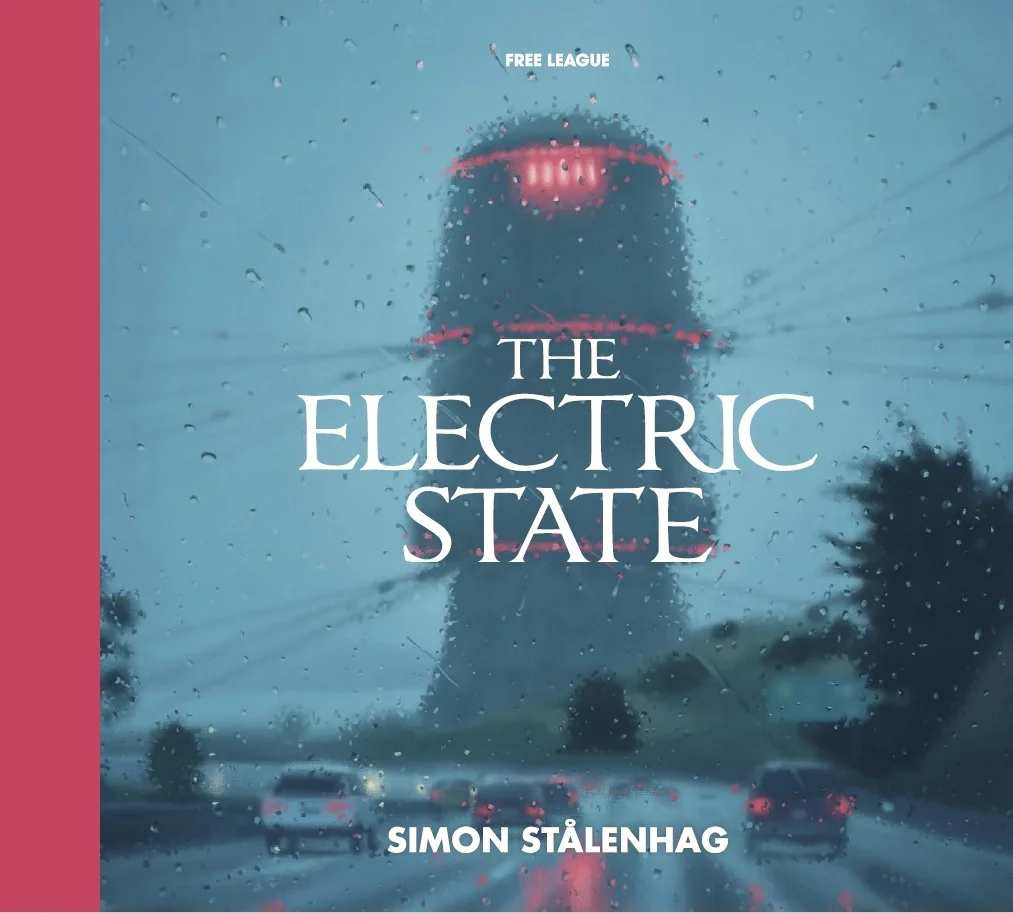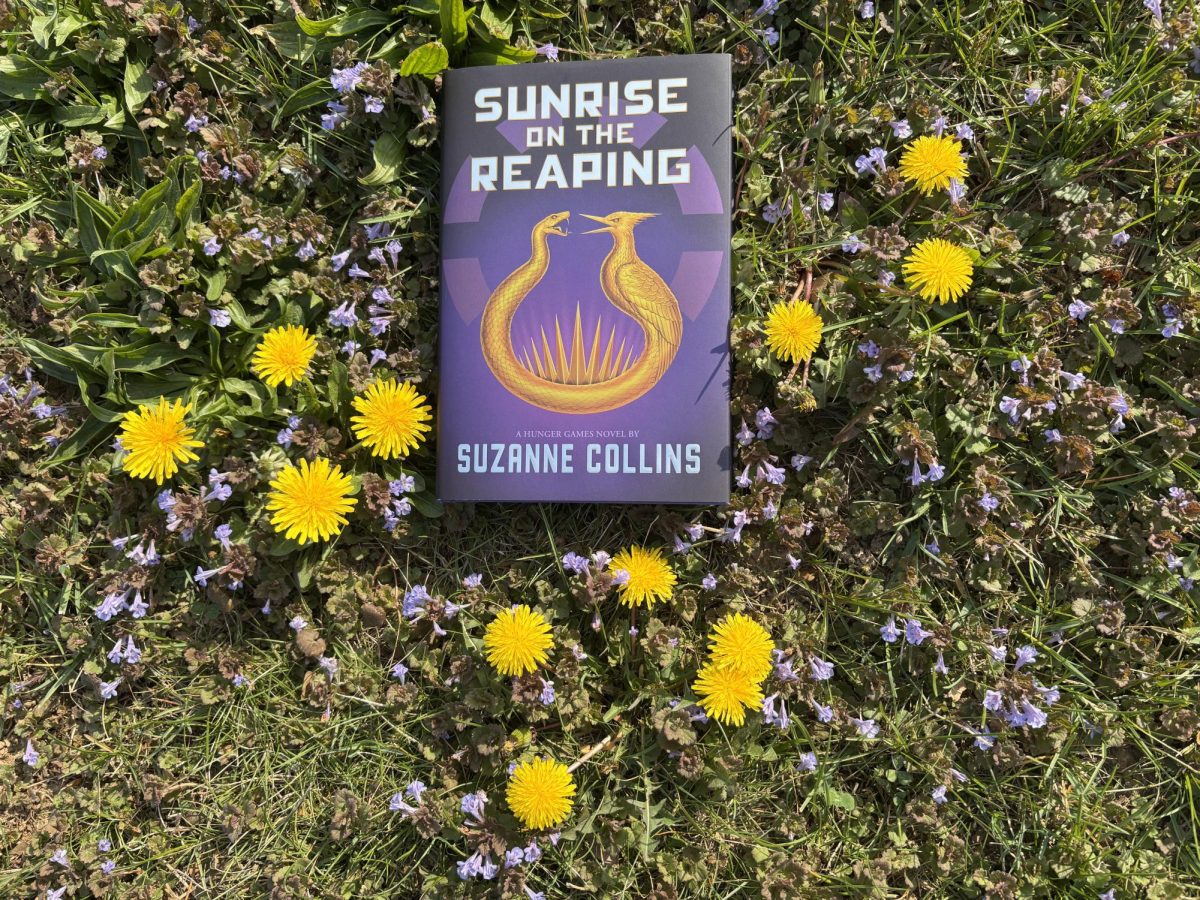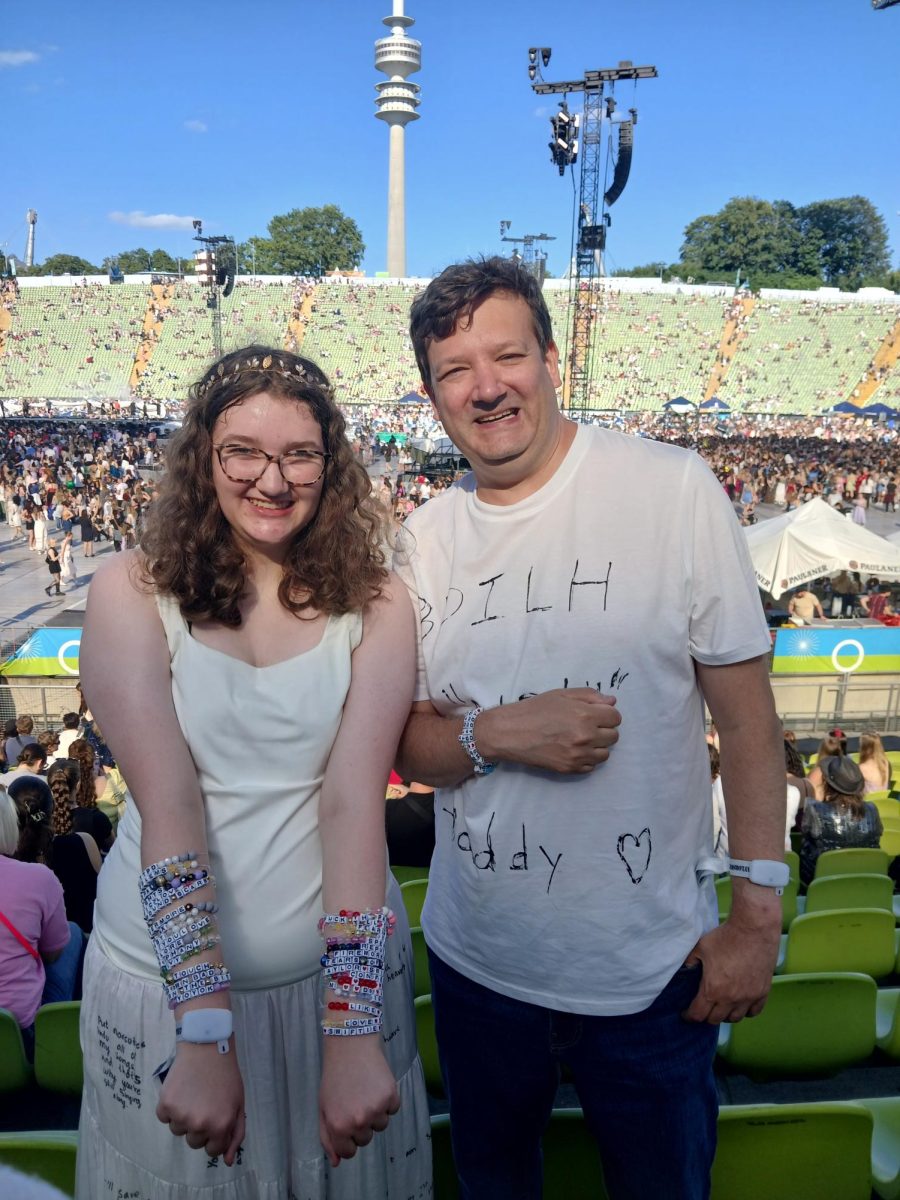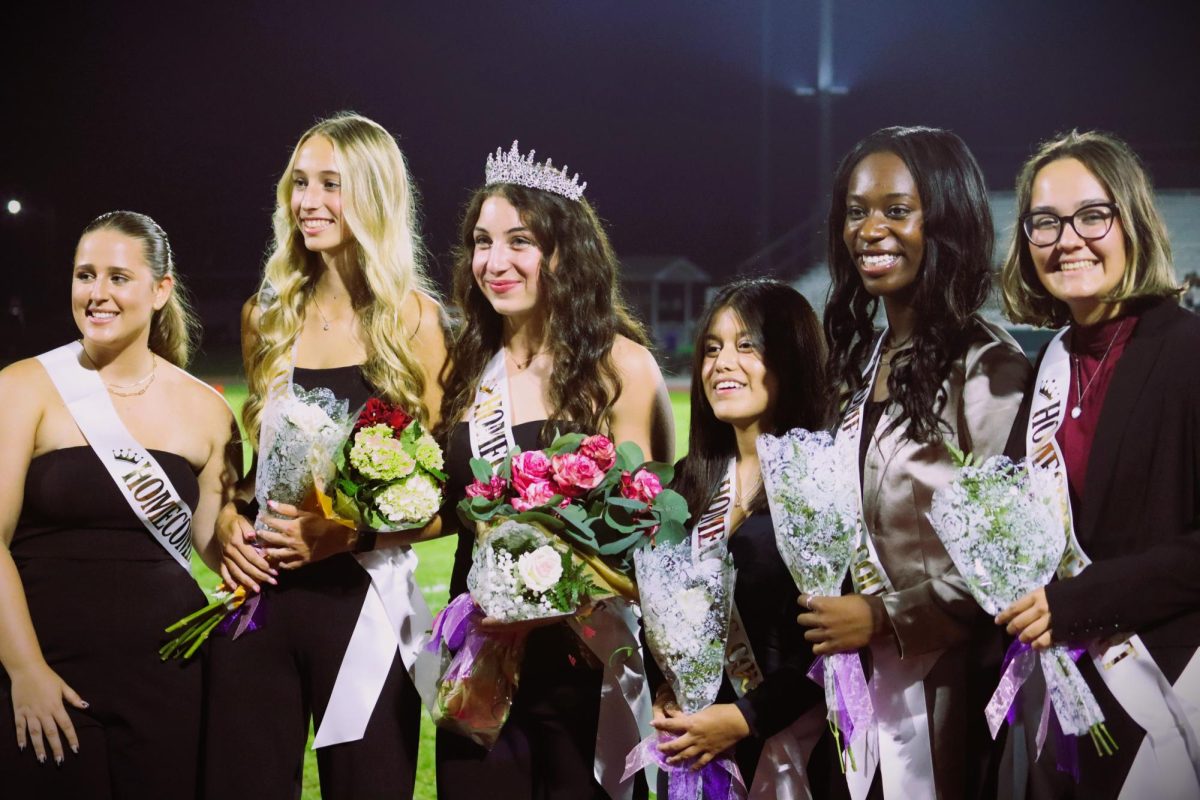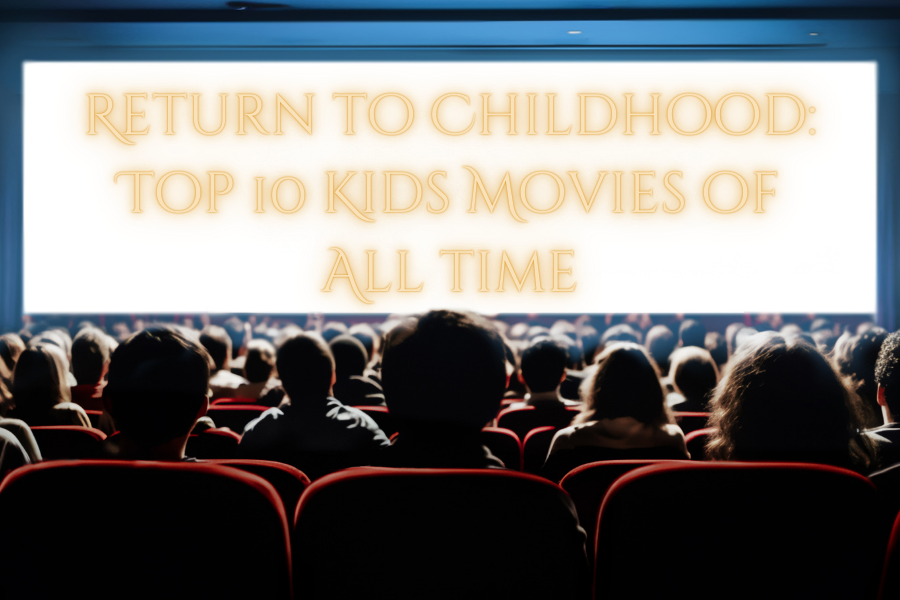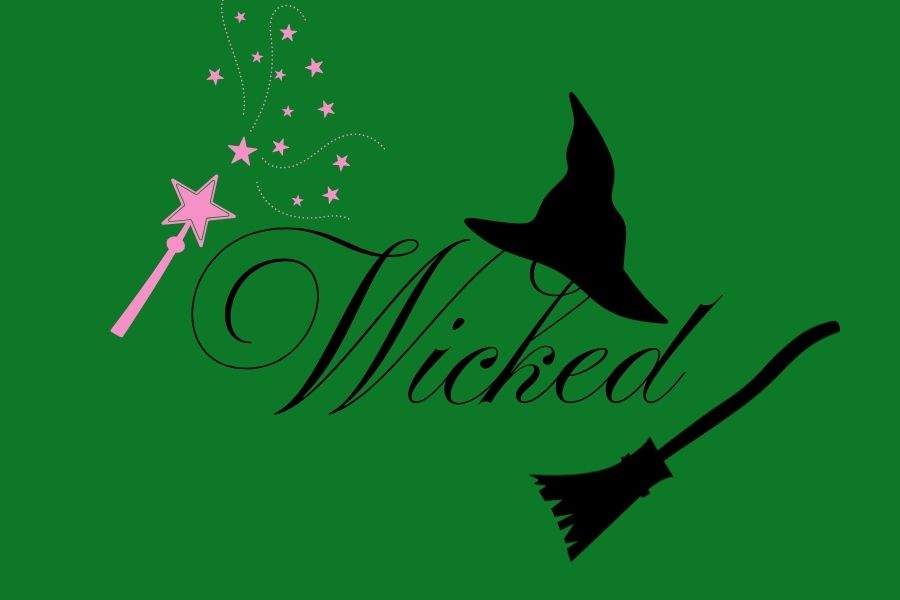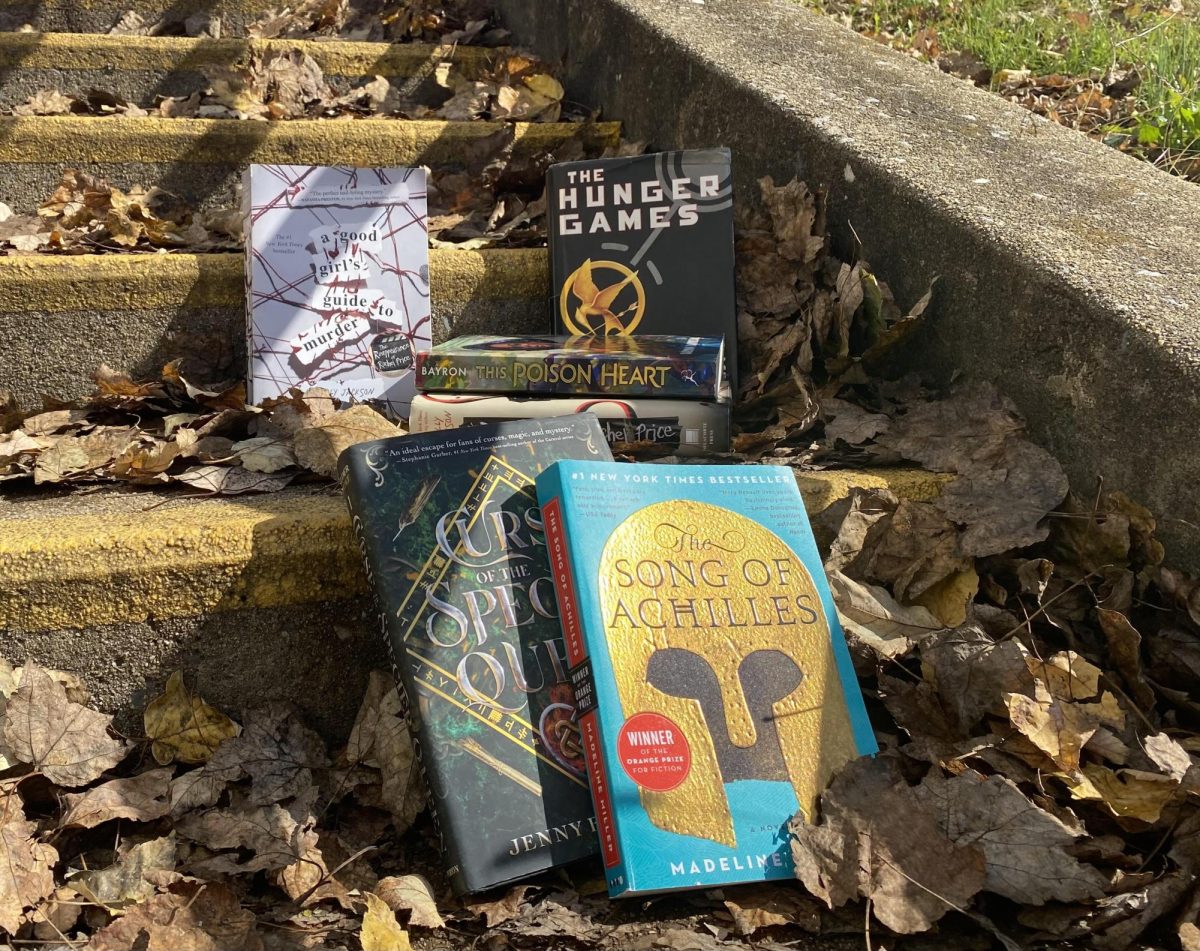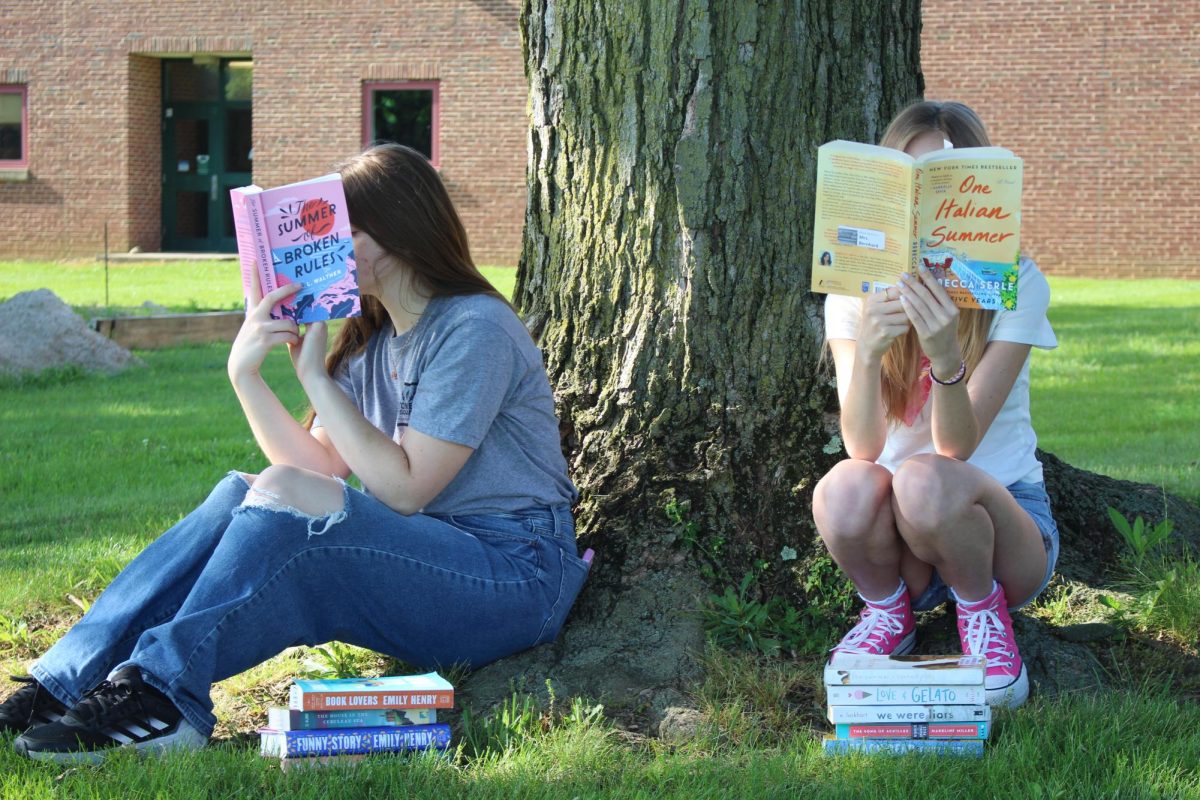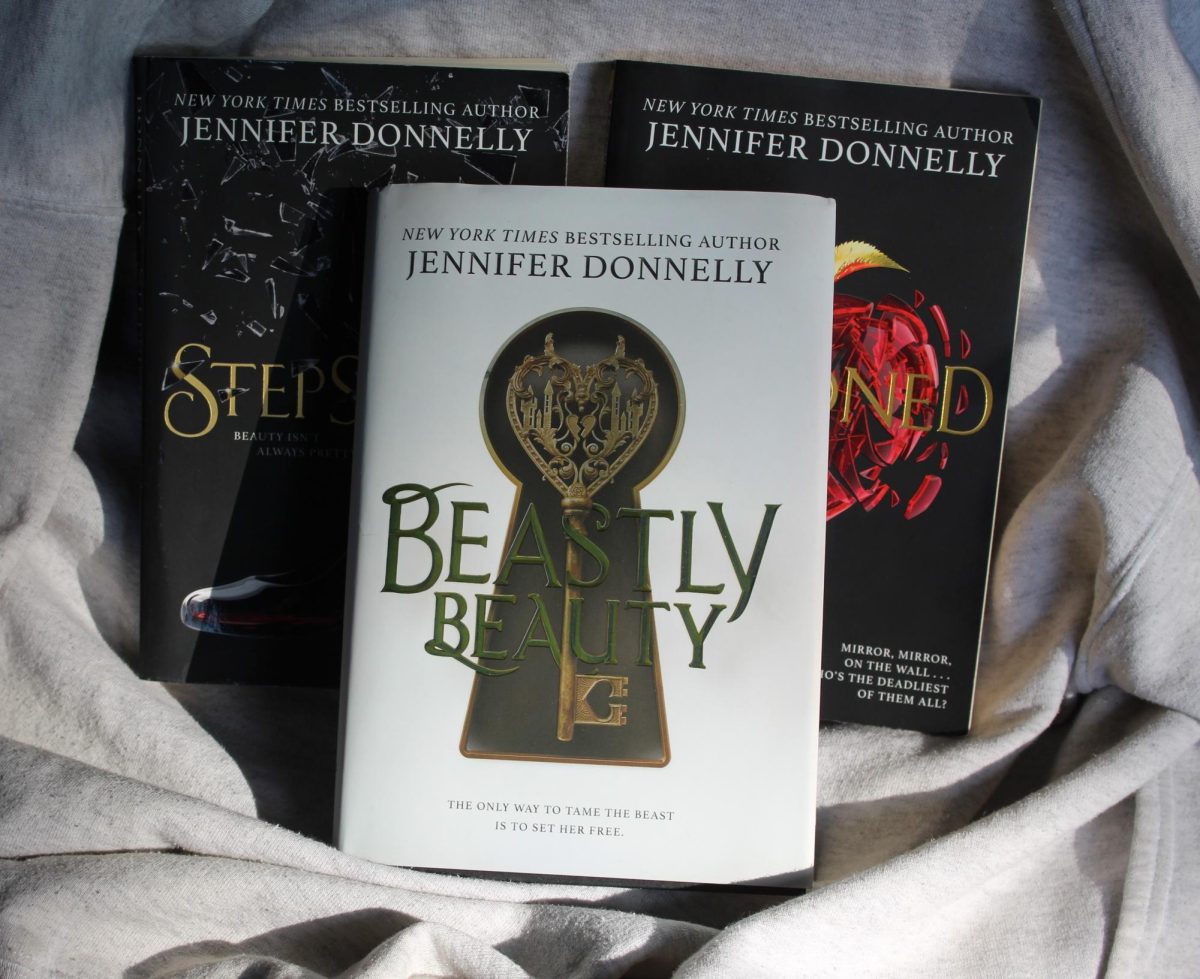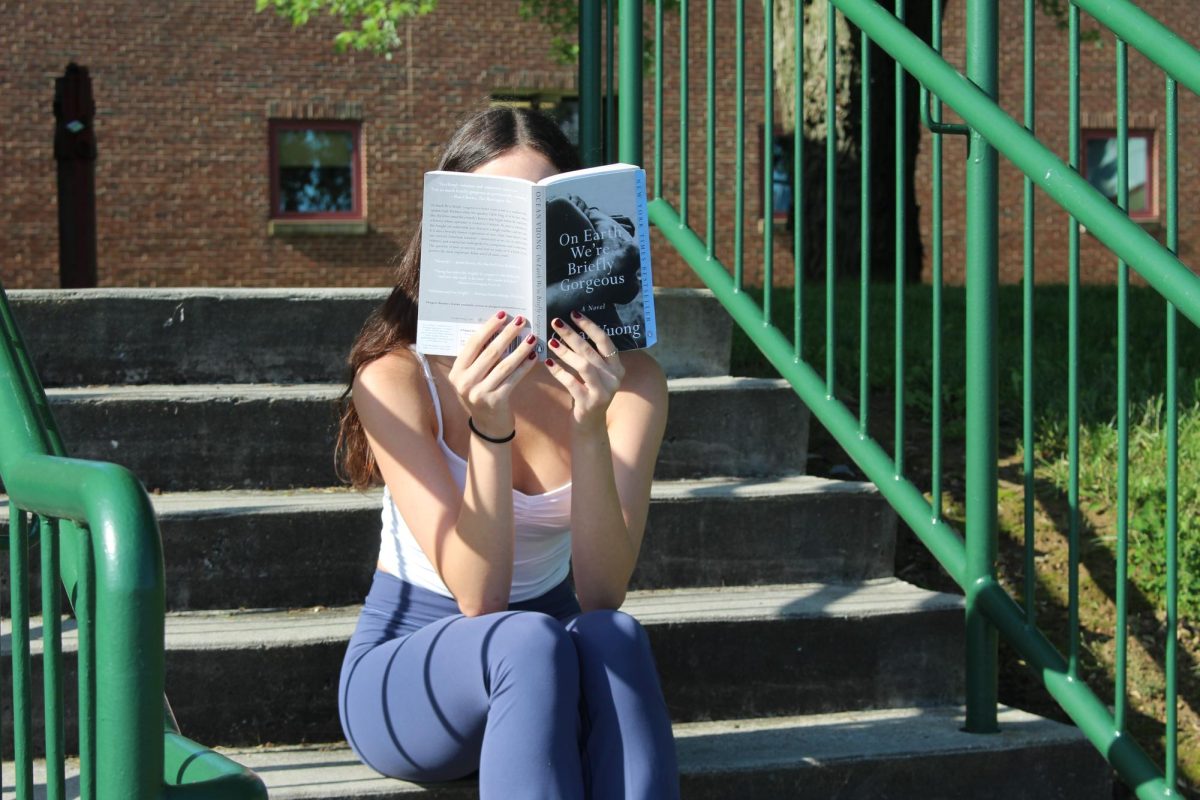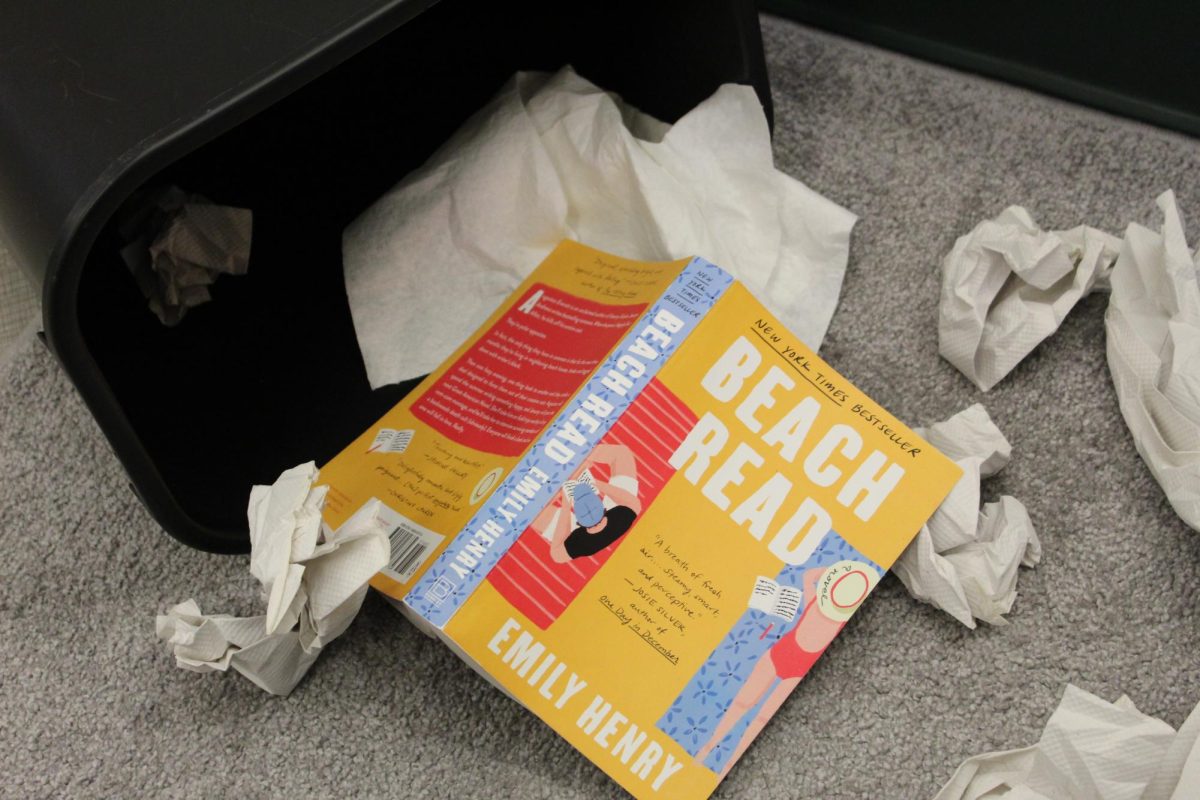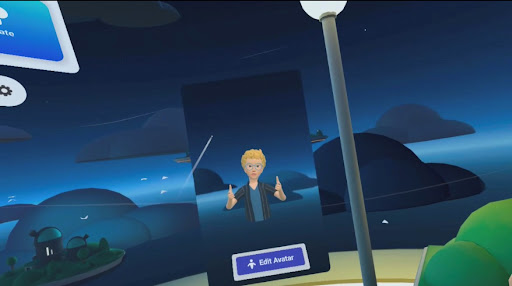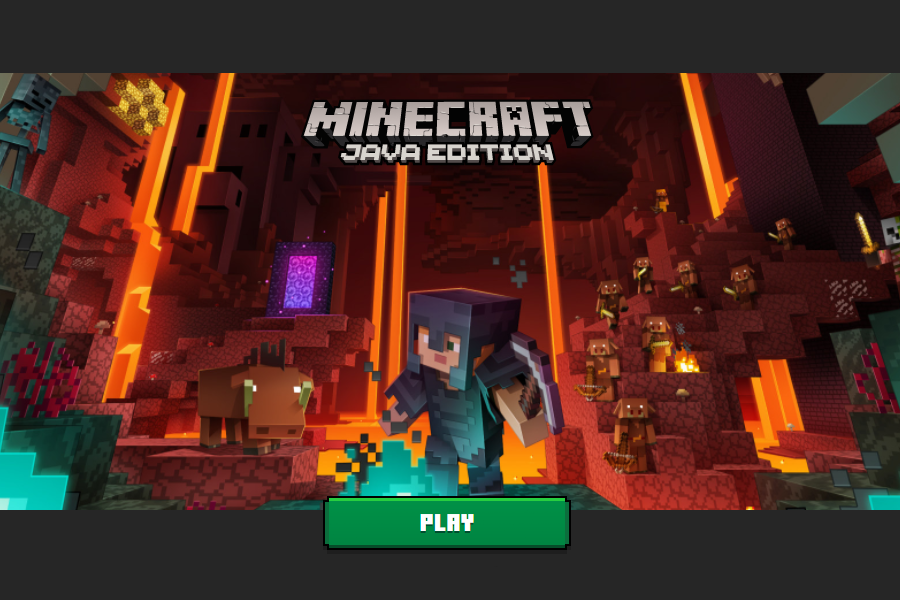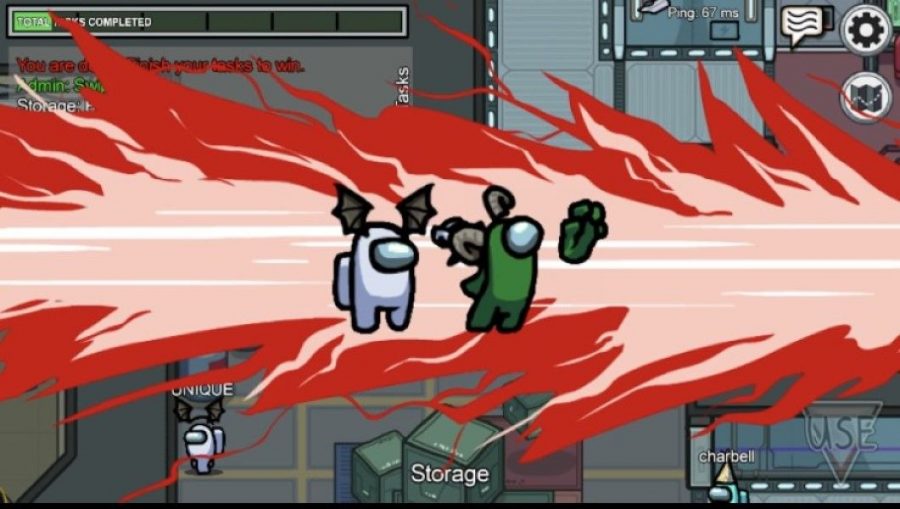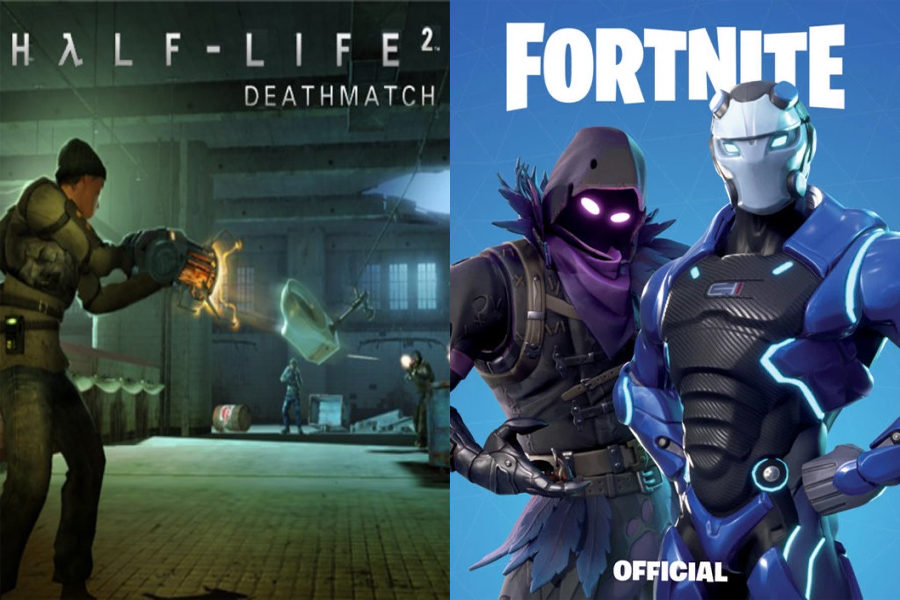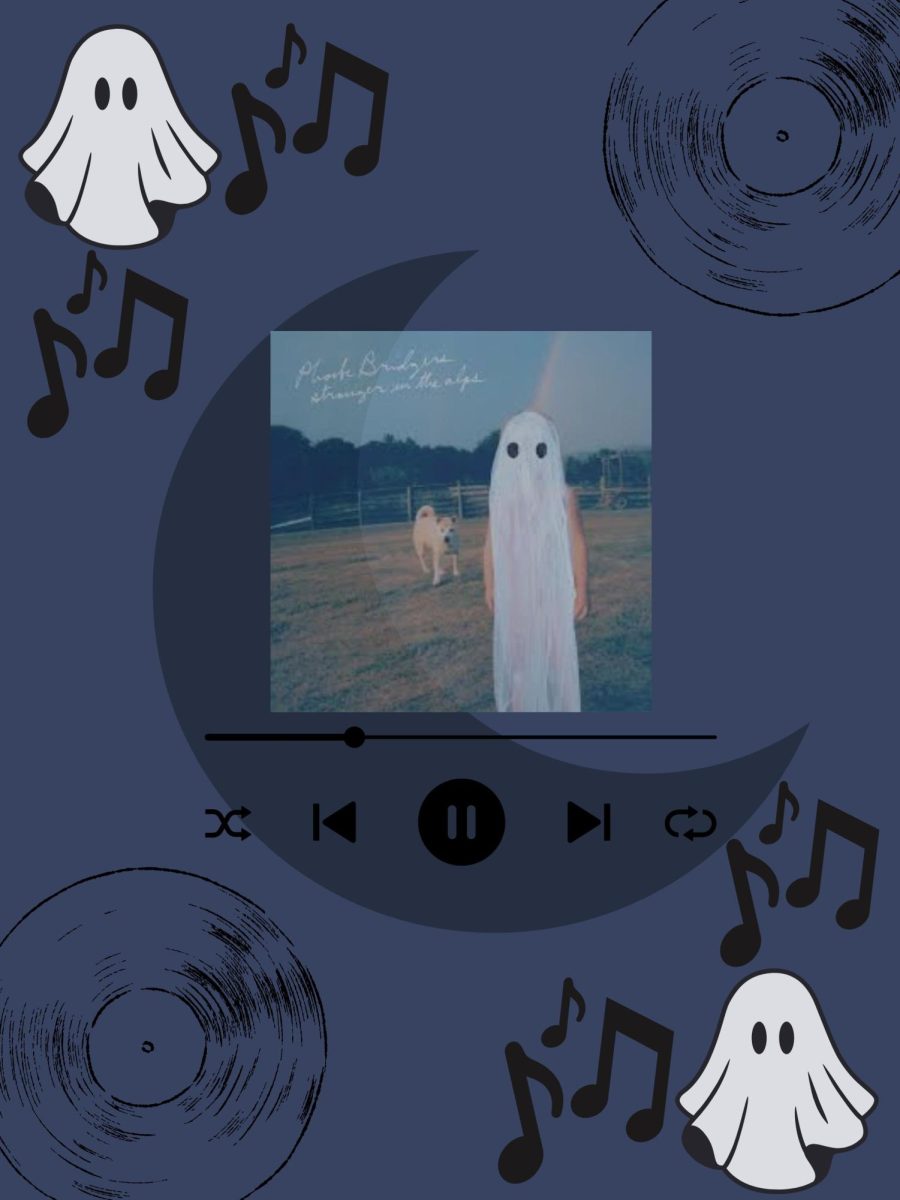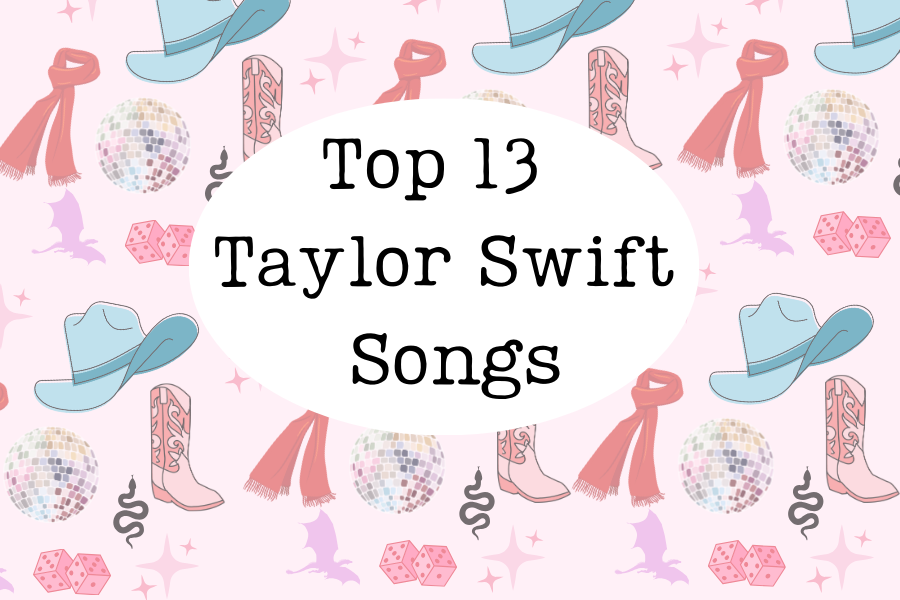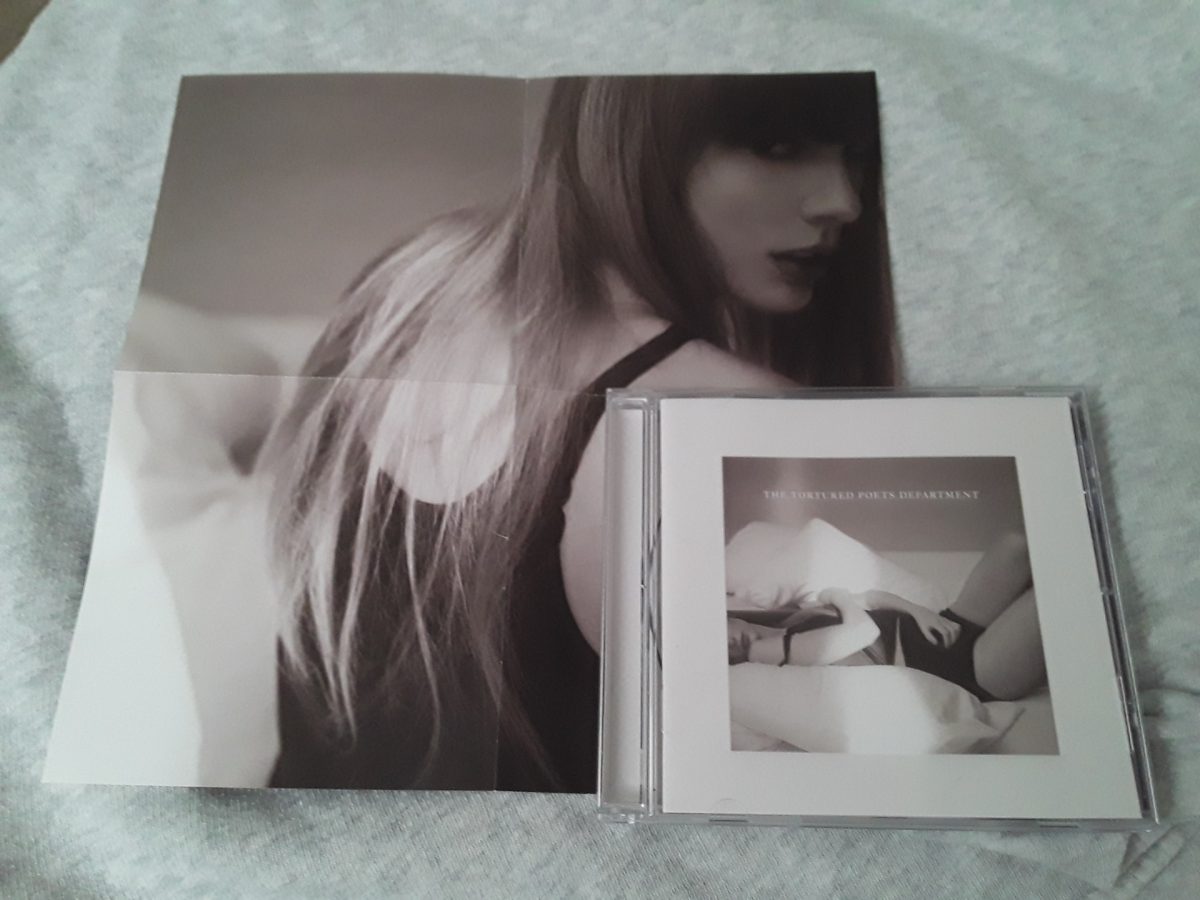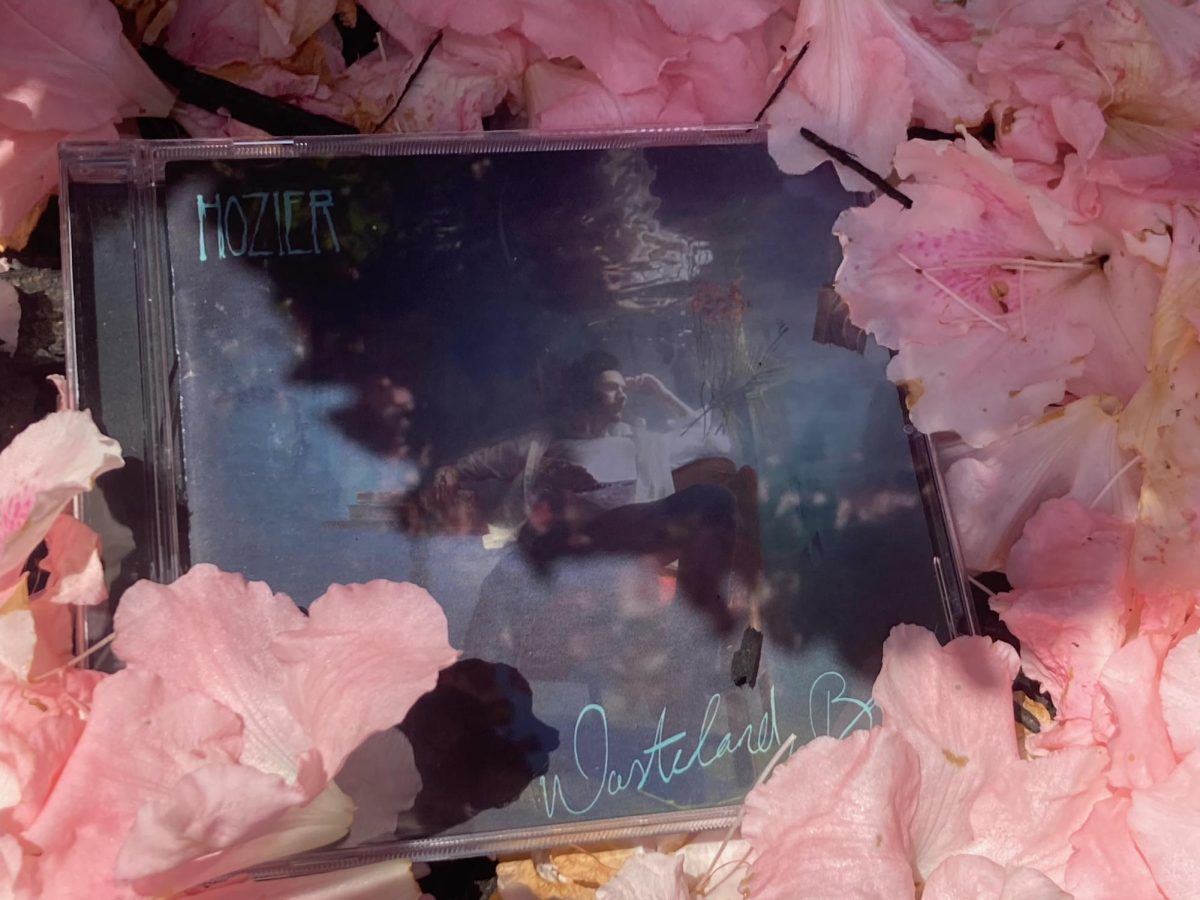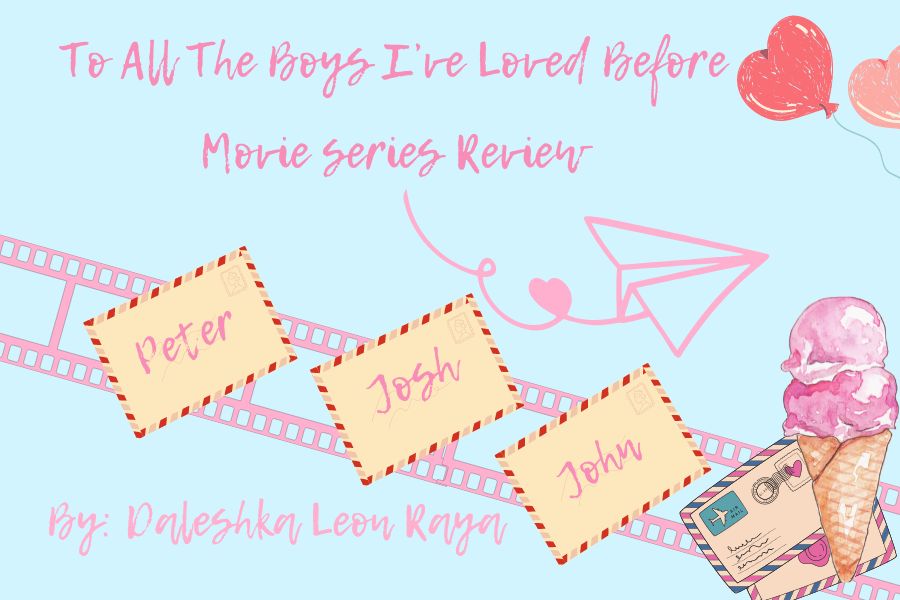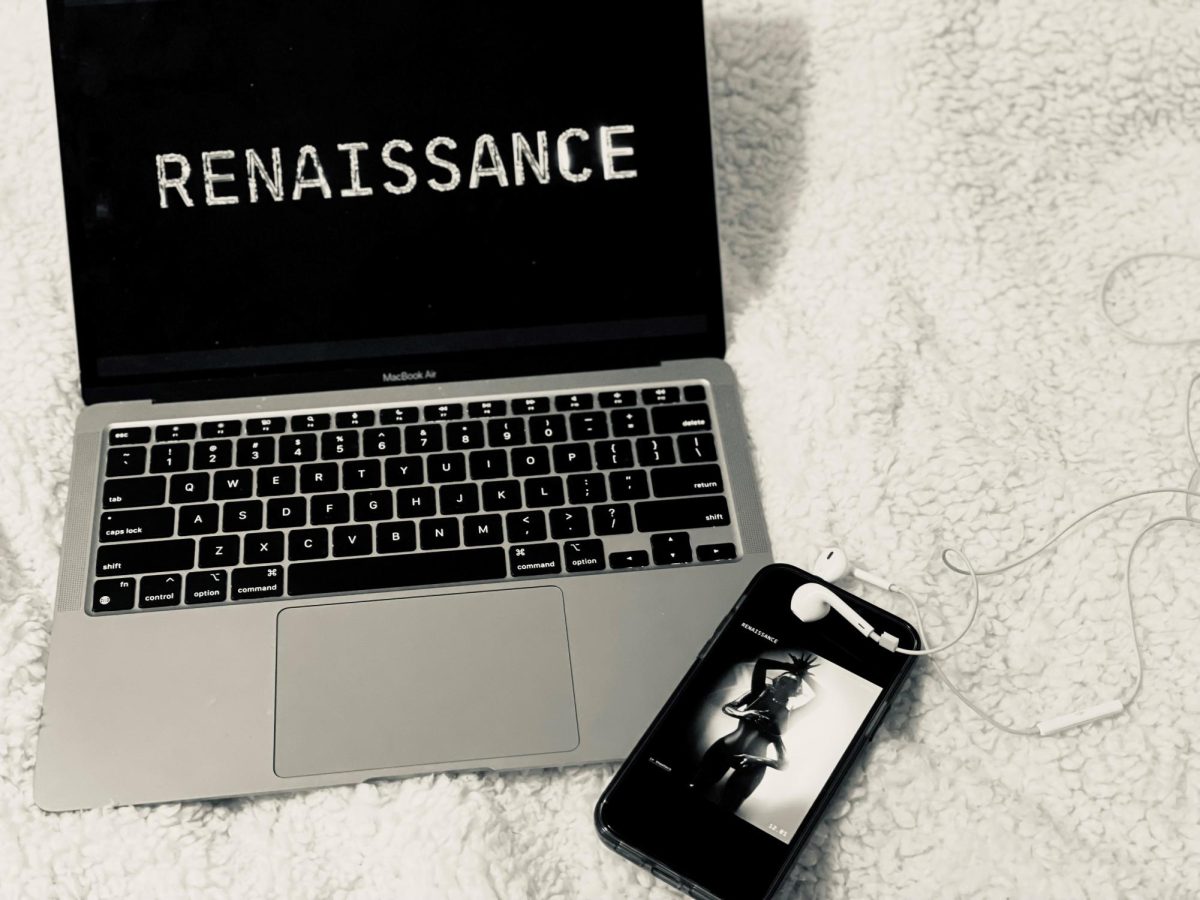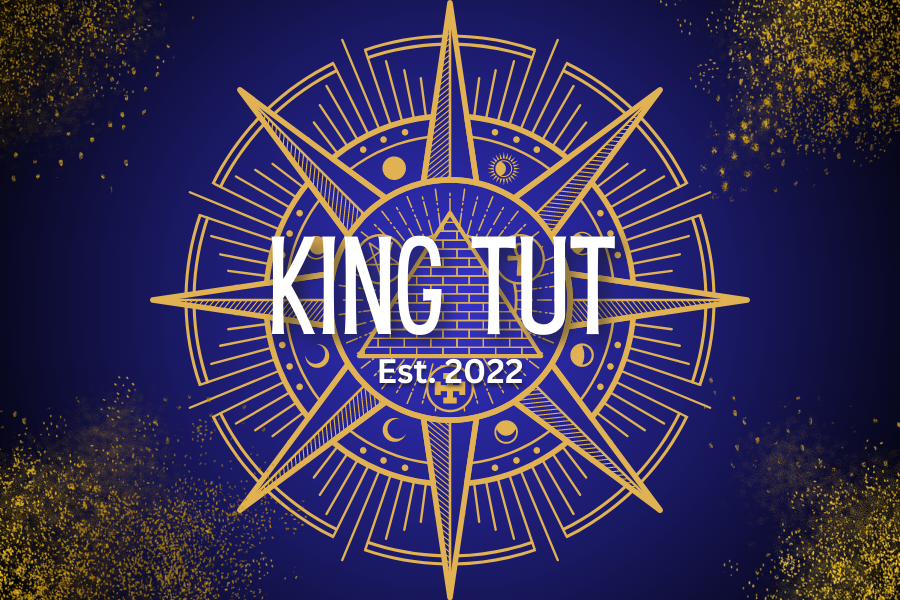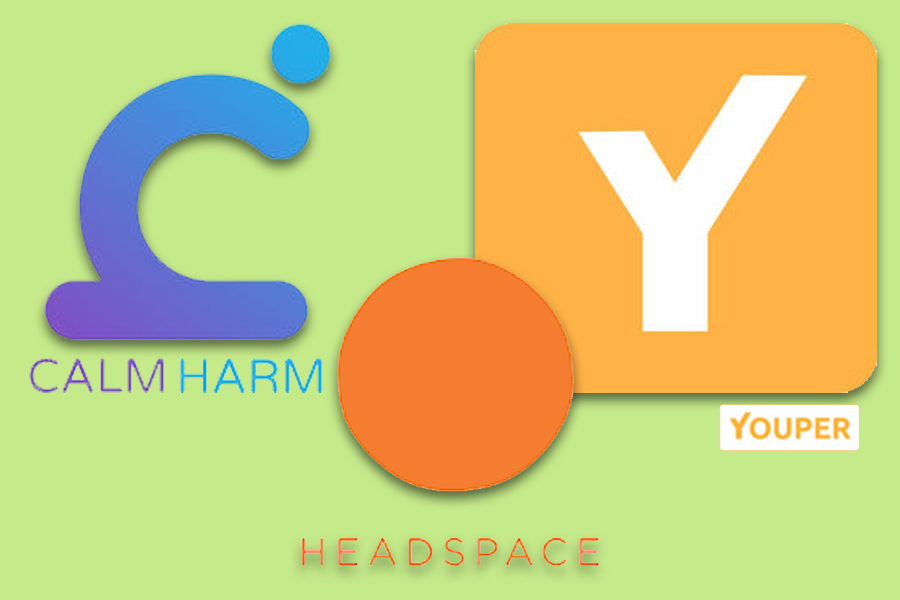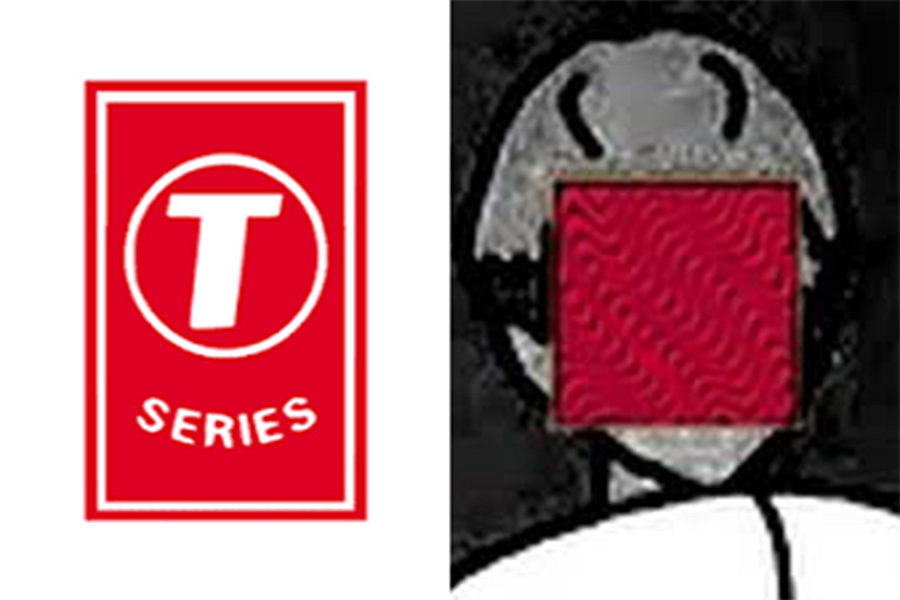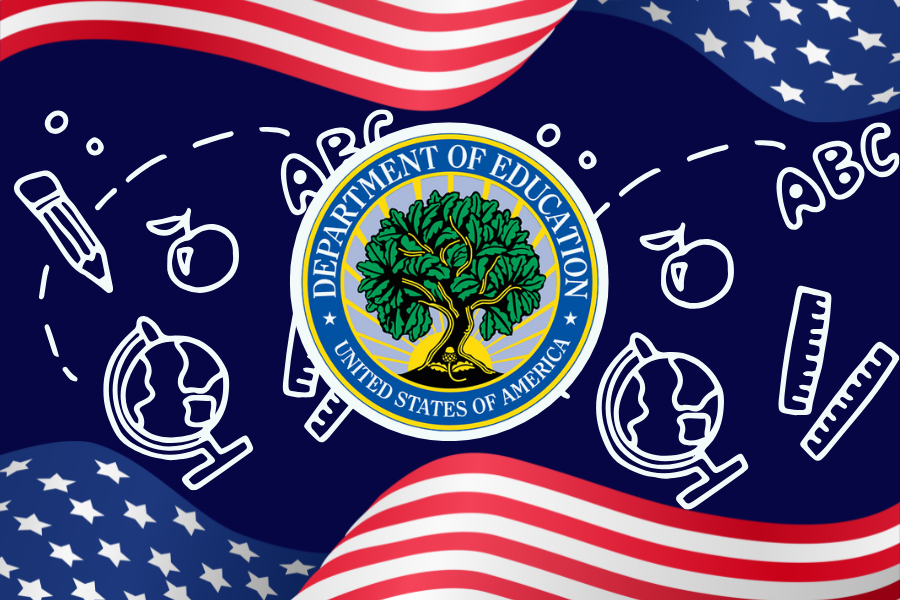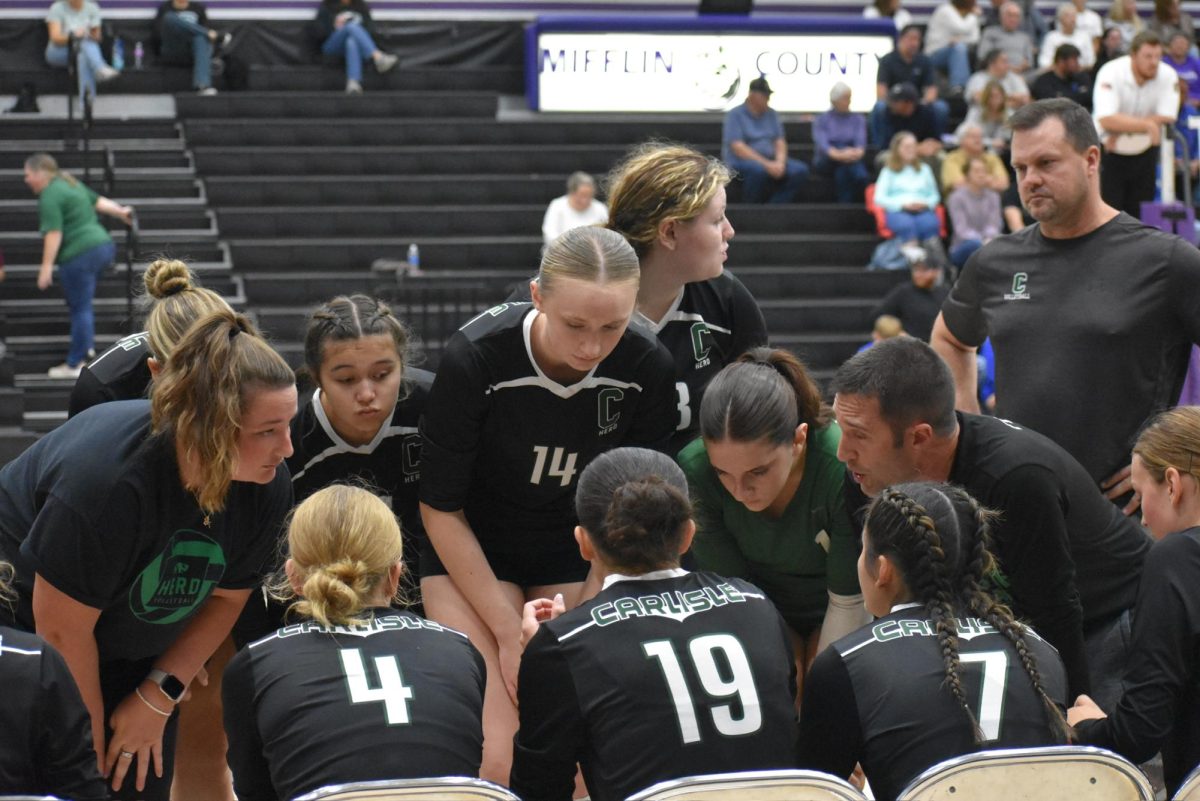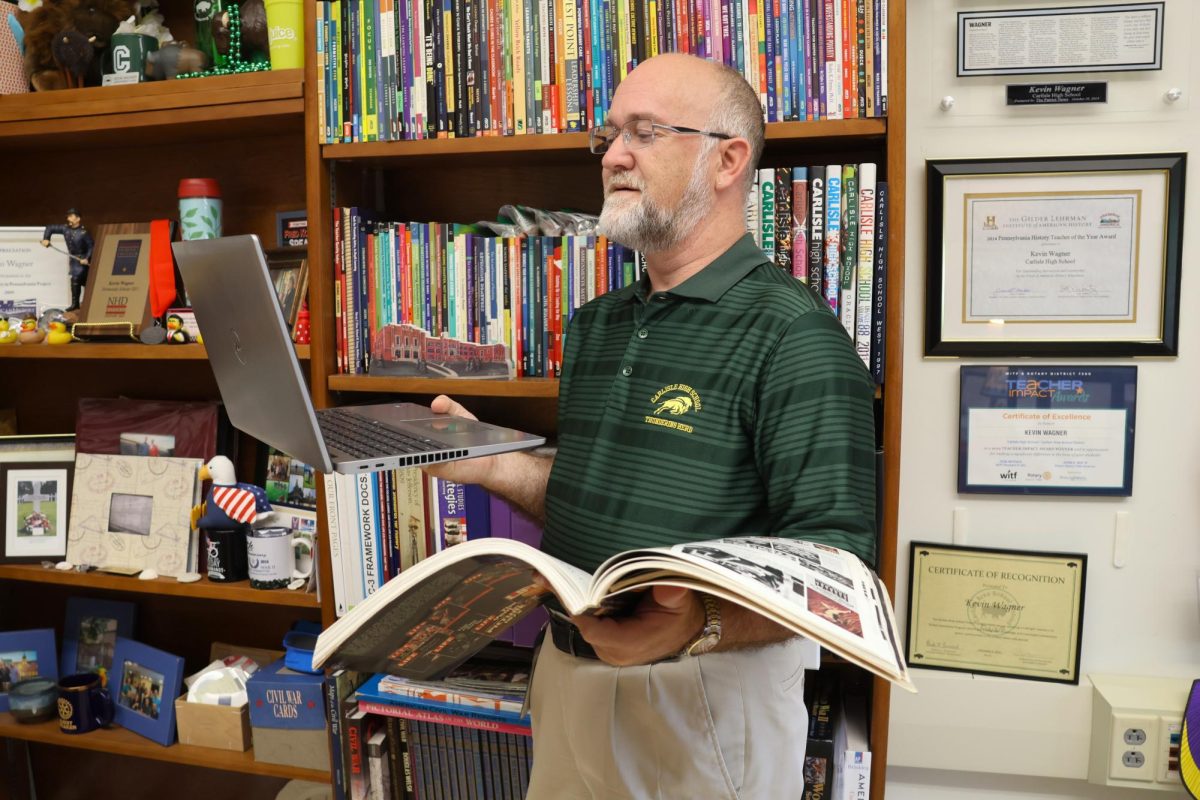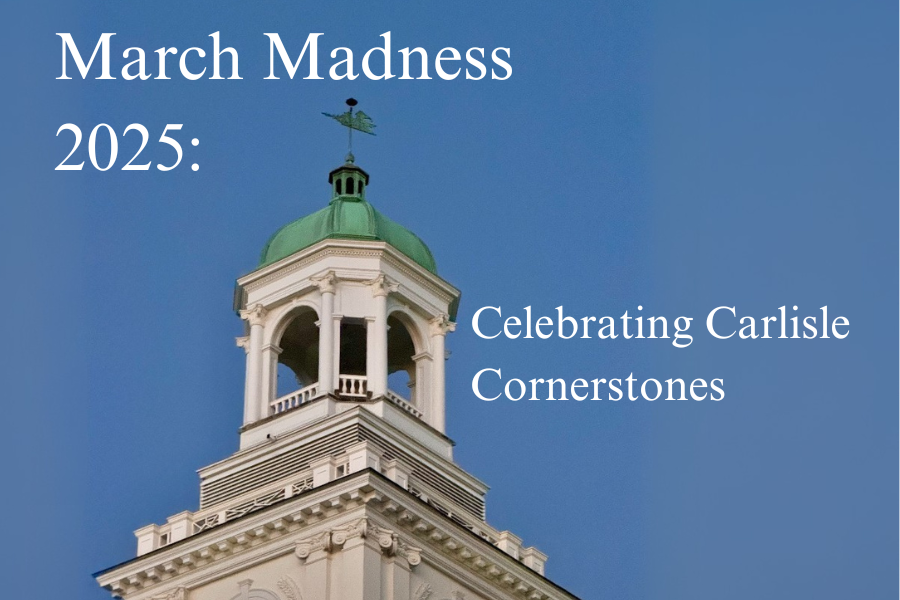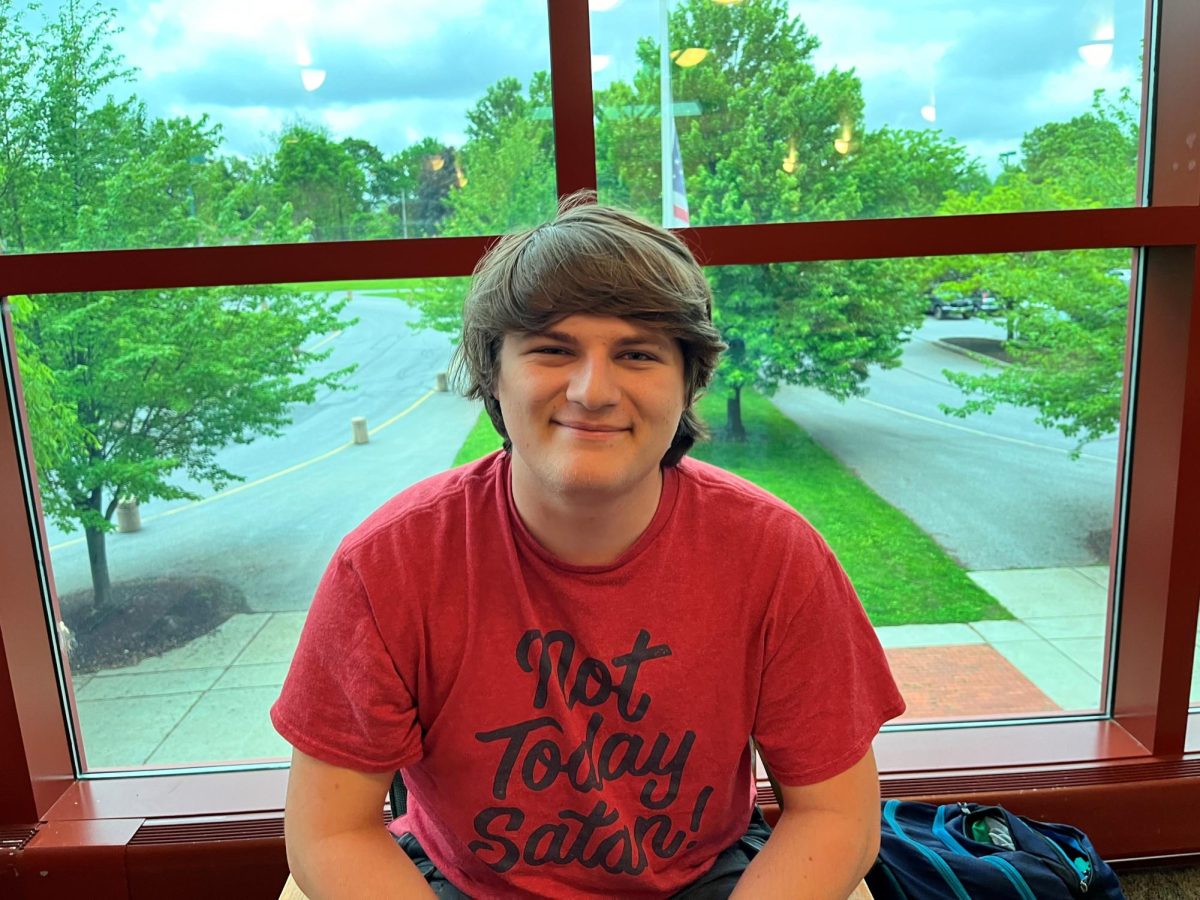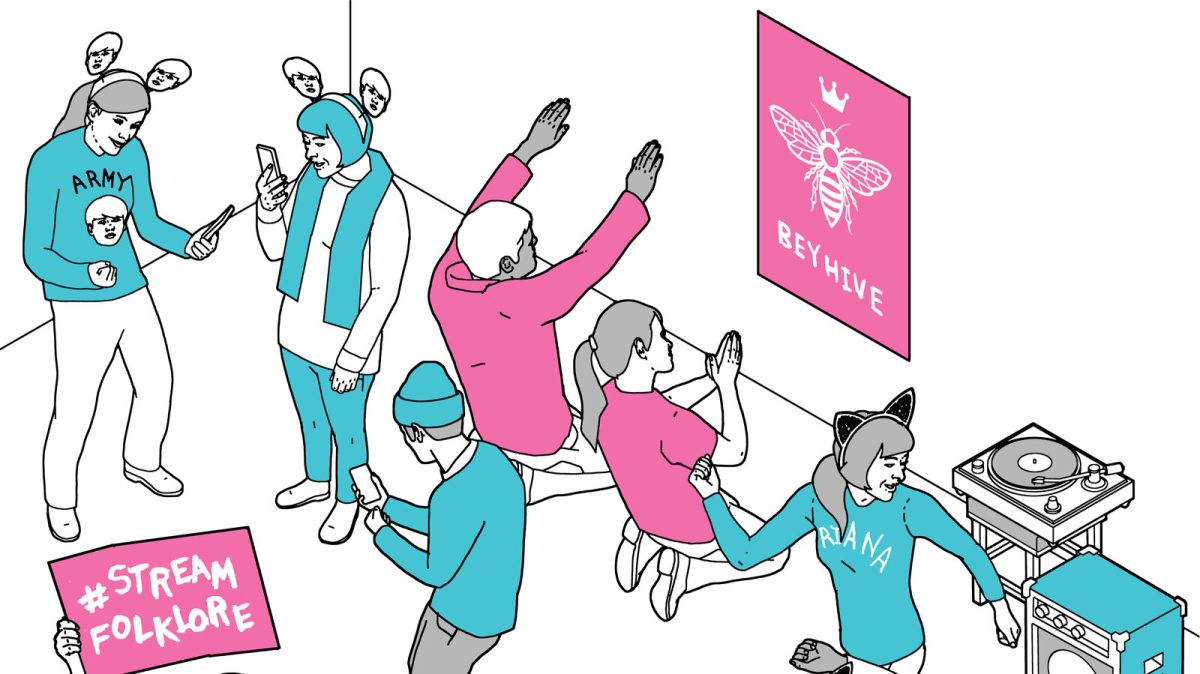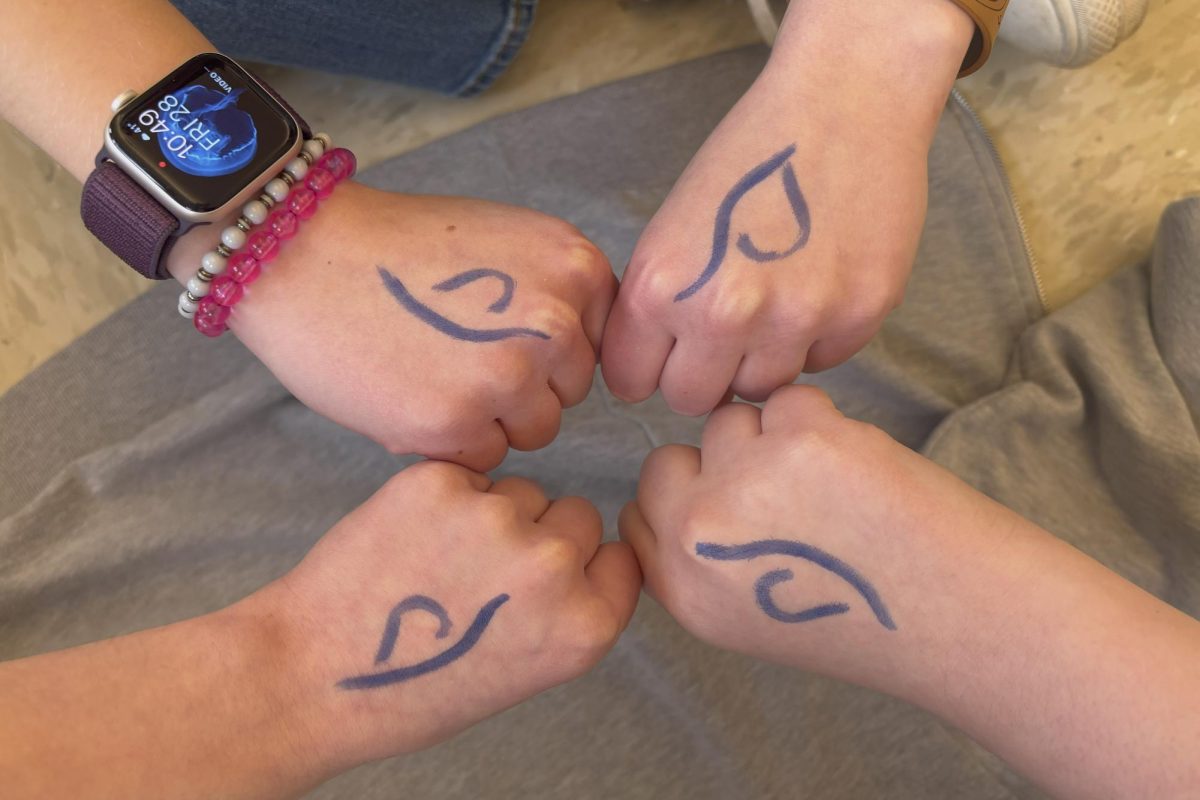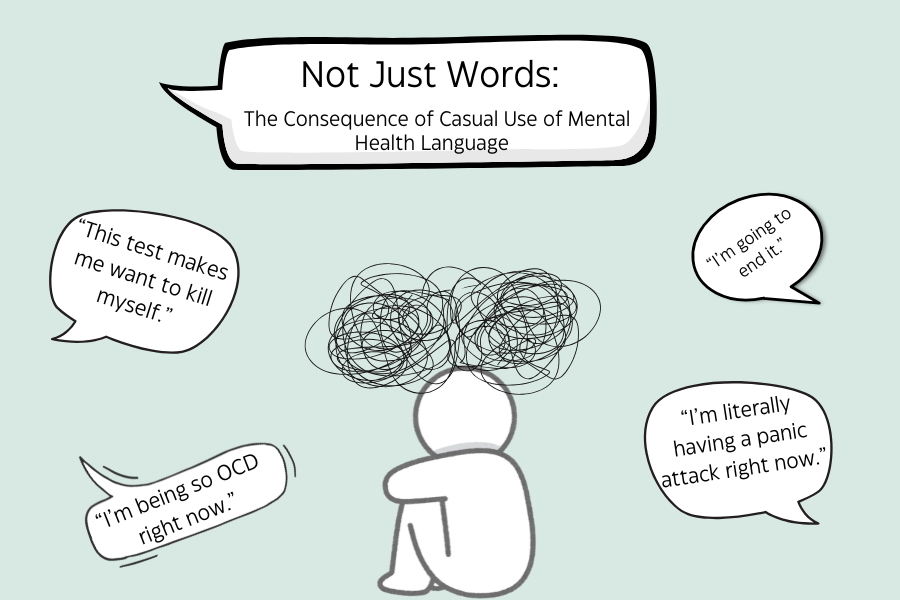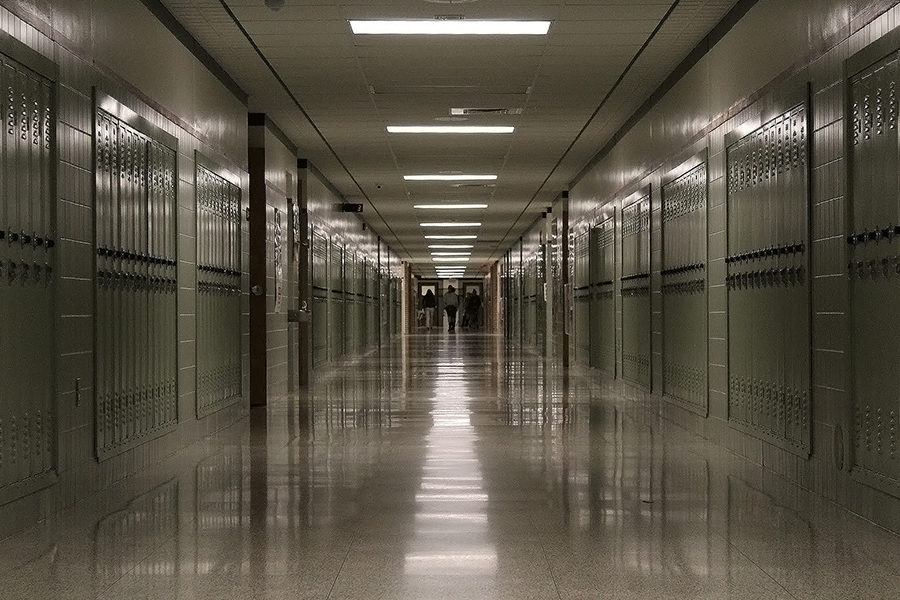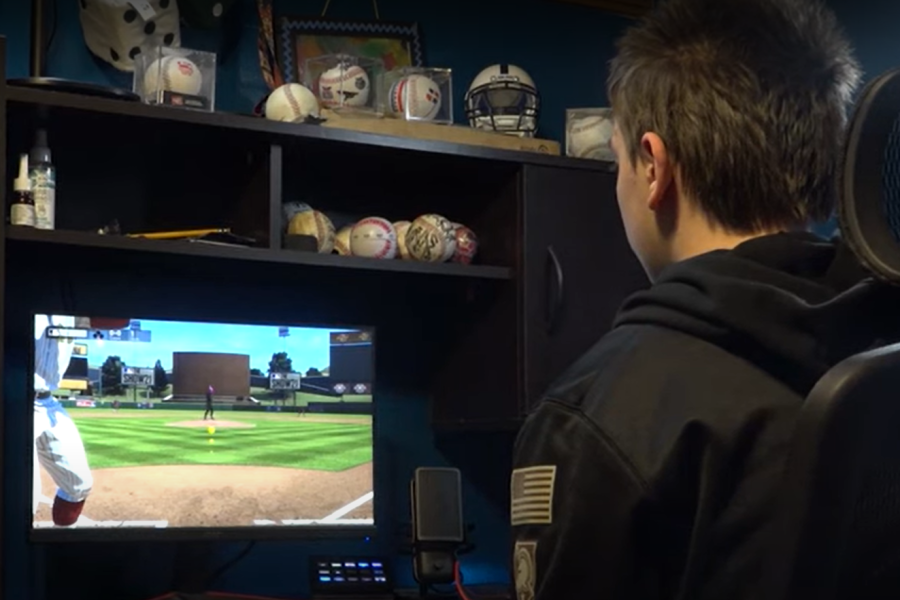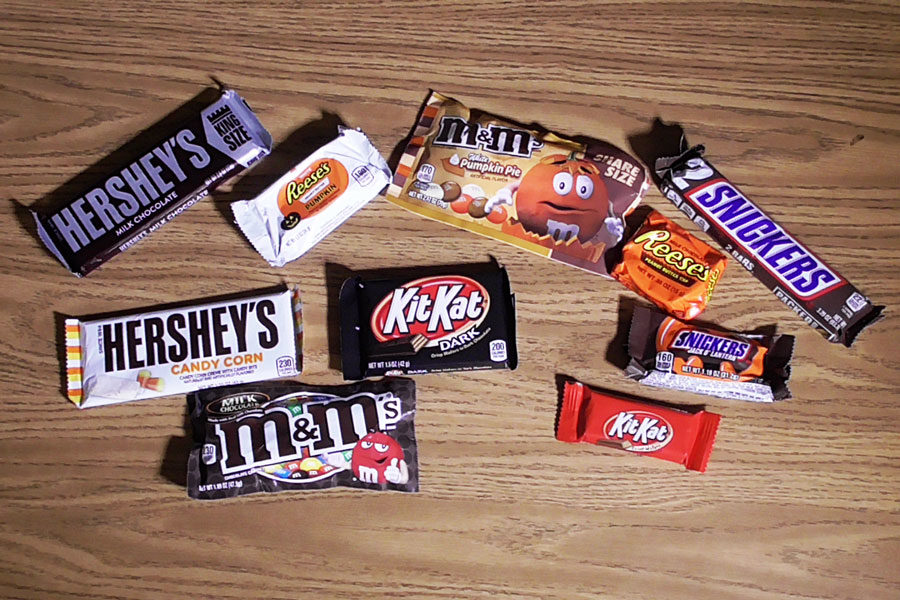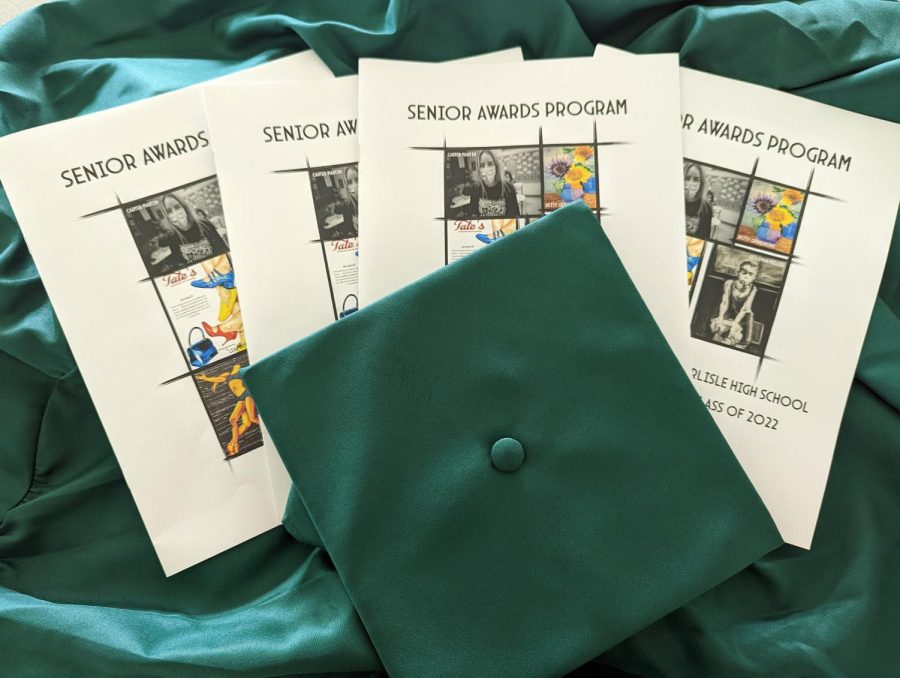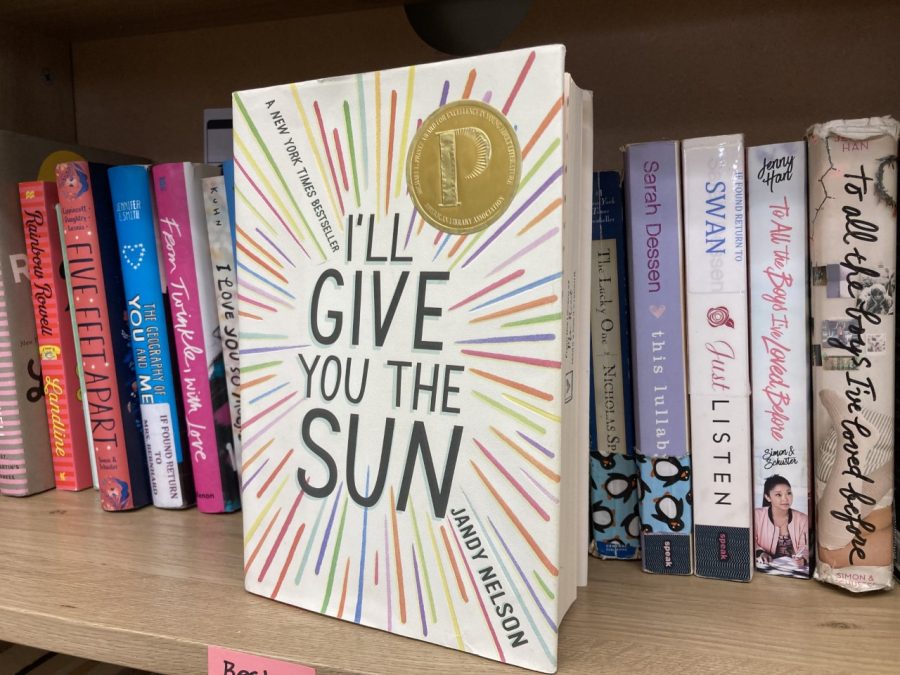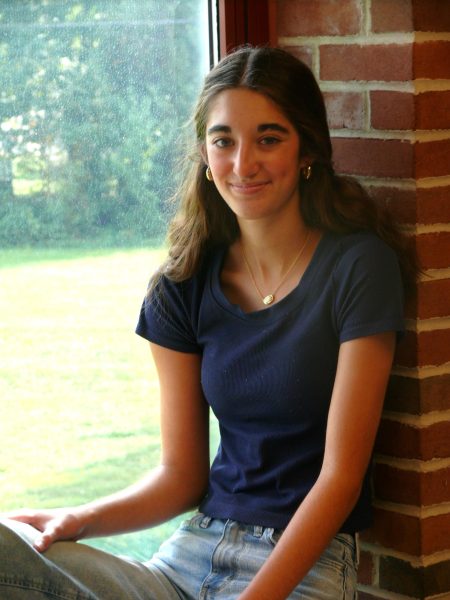I’ll Give You the Sun by Jandy Nelson – Book Review
January 12, 2023
The complex topic of human duality meets a whirlwind coming-of-age story in I’ll Give You the Sun, the 2014 novel by Jandy Nelson. I’ll Give You the Sun is critically acclaimed, winning the Stonewall and Printz Honor as well as climbing to the top of the New York Times Bestseller list. Nelson, an experienced author, had immense success with her second novel, likely due to the remarkable complexity put in both the characters and their development and the writing itself. Nelson’s writing style is constantly brimming with detailed language and vivid visualization which gives the impression of intentionality, an essential element in quality novels.
I’ll Give You the Sun investigates the deeply nuanced and difficult aspects of growing up while incorporating the more mainstream themes of romance, grief, and reconciliation so gracefully that a reader will feel as though they have experienced every moment alongside the characters.
Nelson splits the novel between two perspectives belonging to a pair of twins. The first perspective belongs to a thirteen year old boy named Noah, who lives almost as one human with his twin sister but deals with a seemingly uncrossable rift between him and his father. The second perspective is that of a sixteen-year-old Jude, whose family stumbles through their seaside Californian town in a haze of grief. She has grown distant from her family, instead finding company in an emotionally wrecked mentor and a mysterious mess of a college student who live together. By offering dueling perspectives and setting them 3 years apart, Nelson expands the bubble of the plot into something more realistic, showing the connections and consequences that often occur in real life in an intricately designed domino trail. She allows for exponentially more detail with this method of storytelling, which shines through in the quality of the final result.
Noah’s perspective revolves around his budding friendship with the boy moving in next door named Brian. He struggles as he forms feelings for Brian, who refuses to acknowledge his own feelings for fear of souring his reputation and the consequences of exposure. The heat of the summer coincides with the rising tensions within Noah’s family and relationships, caused by the expectations of his distant father. With painting as his emotional outlet, Noah aspires to get into a prestigious art school alongside his sister, with the support of his mother.
Three years in the future, Jude deals with her own artwork being perpetually underwhelming and broken, seemingly due to forces outside of her control. She receives one last opportunity to succeed, if she can convince a renowned, grumpy retired sculptor to mentor her. Jude is withdrawn, living by her grandmother’s ‘bible’ and crashing through her family’s secrets unrelentingly with her own need for answers.
The narratives of both twins are tied intricately despite the differences in time and events, with threads of the story laid discreetly throughout until everything is pulled together in the final chapters. The character’s existences are tangled, and throughout the novel both are attempting to extract identities of their own from their experiences. In the process, they manage to do everything from swapping social lives to striving for attention from the same boy. With that, the twins’ mirrored identities and experiences exemplify the theme of duality in the novel.
Nelson shows her talent for writing all throughout I’ll Give You the Sun. Every sentence pushes the storyline forward in a fluidity that manages to be simple and breathtakingly beautiful. The New York Times review succinctly describes I’ll Give You the Sun as a “testament…to Nelson’s ability to build a suspenseful story not on plot devices but on the tightly coiled inner lives of her characters.”
The complexity of Nelson’s characters mirror the delicate intricacies of the human experience. She clearly understands her content material and knows how to convey intimate emotions, whirling from incredible joy to deep despair within a few pages. Her writing is colorful and awe-inspiring, embodying the art she portrays with unique, colorful language. For instance, as Noah is running into the woods, spying on the art school he craves to attend more than anything, readers are presented with a paragraph of verbal painting, “I start to run, start to turn into air, the blue careening off the sky, careening after me, as I sink into green, shades and shades of it, blending and spinning into yellow, freaking yellow, the head-on colliding into the punk-hair purple of lupine; everywhere.” Similar quotes are littered throughout the entirety of the story, shocking readers into visualizing a world through an artist’s lens. Alongside that, she tosses her readers through an emotional washing machine, tackling grief, betrayal and reconciliation all within 340 pages of literary brilliance.
I’ll Give You the Sun is a touching coming-of-age story for everyone who’s lost someone they’ve loved, had an identity crisis, or experienced an uncomfortable change. Its writing style is comprehensive, colorful enough to entertain and complex enough to entice the imagination. Nelson demonstrates high regard for her craft as well as that of other artists through her portrayals of painting, drawing, sculpting, and an artist’s experience of the world. It’s beautiful and heartbreaking, encouraging both its characters and its readers to learn how to forgive each other and themselves. I’ll Give You the Sun is a story made of broken edges that are as vibrant as stained glass and worthy of every tear you’ll shed over it.


